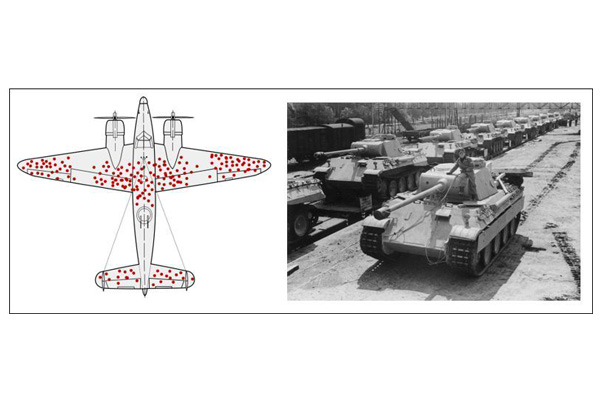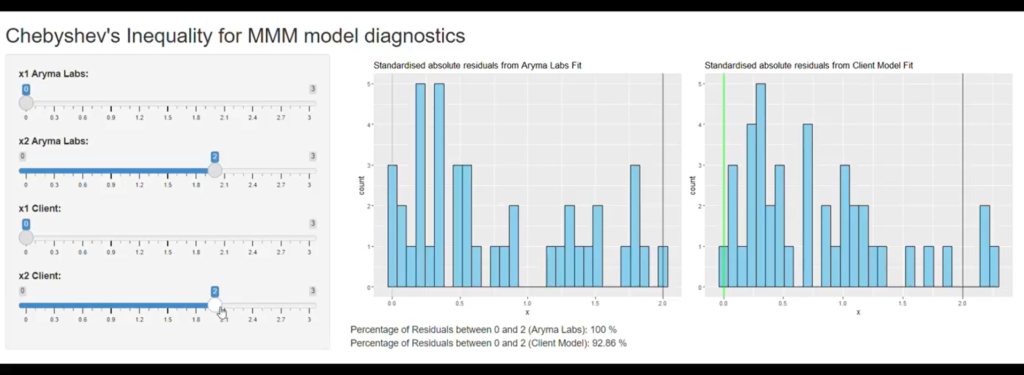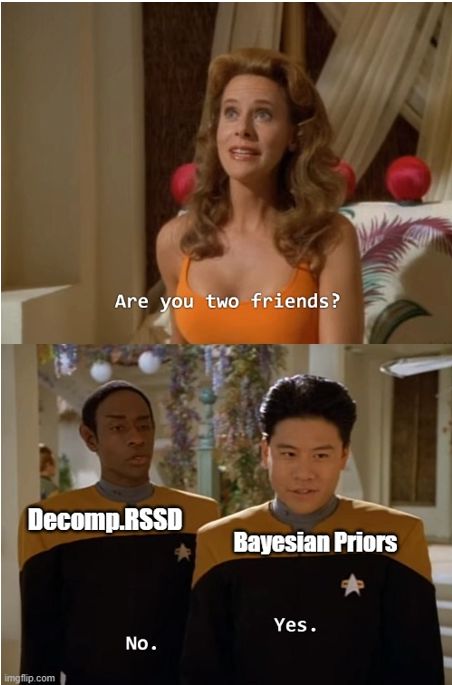When we talk about application of statistics during world war 2, somehow the image of the airplane with red dots (survivorship bias) comes to mind.
Don’t worry I am not going delve on that again 😅
There are however other lesser known statistical applications during world war 2 which had a huge impact in the outcome of the war.
One such application is in the ‘German Tank problem’.
The ‘German Tank Problem’ is basically about statistical theory of estimation. Estimating population based on sample is nothin new, but the innovative application in the German tank problem is something to really learn about.
The problem is about estimating the number of tanks produced in a month by the German army just based on the serial numbers of the the captured tanks. The assumption of course here was that the tanks were numbered sequentially as they were manufactured. Also the sampling is done without replacement.
At the core of it, the principle behind this technique is ‘Minimum-variance unbiased estimator (MVUE)’
This humble technique of estimation even beat the Allies Intelligence agencies’ prediction.
While the Intelligence agencies’ numbers were way off (around 1000-1500), the statistical technique had estimated the n.o of tanks to be 246 a month. This was later proven to be correct as the post war actual number showed it to be 245 tanks a month !!
◾The relevance of MVUE in MMM
MMM is a problem of attribution. Statistically, correct attribution can only be had if your model is well specified. Because your MMM model is an abstraction of the marketing reality, the coefficients (or effect sizes) of marketing channels are only estimates.
You would want these estimates to reflect the true marketing reality. To do that your estimates needs to be unbiased and have minimum variance. You don’t want your estimates to be fickle. In general, one has to strive to find estimators that are MVUE.
At Aryma Labs, we strive to build MMM models whose estimators are MVUE. This in turn leads to robust and trustworthy models based on which clients take marketing decisions boldly.
References and useful links in the resources section.
Resources:
1. https://www.albert.io/blog/german-tank-problem-explained-ap-statistics-review/
2. https://arxiv.org/abs/2101.08162?context=stat.TH
3. https://www.warhistoryonline.com/instant-articles/the-german-tank-problem.html?chrome=1
4. https://en.wikipedia.org/wiki/German_tank_problem
5. https://en.wikipedia.org/wiki/Minimum-variance_unbiased_estimator
6. http://www.gtmath.com/2018/06/parameter-estimation-part-2-german-tank.html




